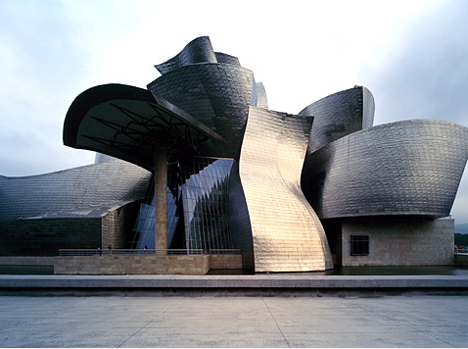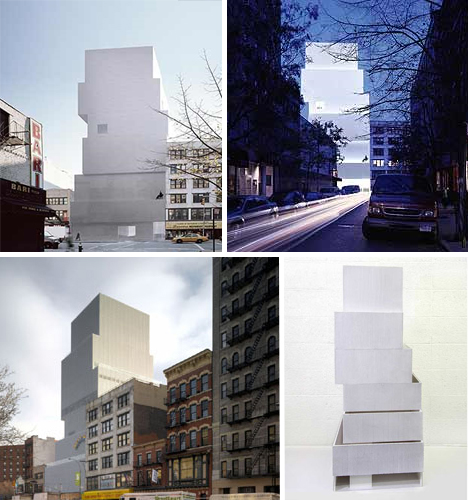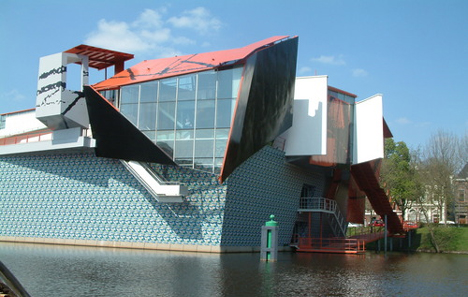People often say it’s what’s on the inside that counts, but with these incredible museum designs, the building is as much a masterpiece as the art inside it.
Guggenheim Museum Bilbao

Designed by renowned architect Frank Gehry, the Guggenheim Museum Bilbao in the city of Bilbao, Spain is clad with reflective titanium walls that sparkle in the sun. It is credited with starting the trend of making the building that houses art just as important as the art itself, and has even been called “the greatest building of our time”.
Osaka National Museum of Art

Constructed of titanium-coated steel tubes Osaka’s National Museum of Art resembles a giant metal insect, crouched on the ground with its wings extending into the air. Due to space constraints, most of the museum is underground; the steel frame and glass skylights are all that is visible from street level.
The New Museum on the Bowery

Situated in New York City, USa the New Museum on the Bowery resembles a stack of white baker’s boxes. The building is clad in aluminum mesh to disguise the windows.
Groninger Museum

The funky-fresh Groninger Museum in Groningen, Holland is surrounded by water and connected to the land by a pedestrian bridge. The three pavilions that make up the museum were designed by architects Philippe Starck, Alessandro Mendini and Coop Himmelb(l)au, The look of the museum is derived from the Italian ‘Memphis’ style of architecture.
15 must-see (post-and-)modern museum designs can be found at Web Urbanist.









